Home to about two million people, Gaza is 41km (25 miles) long and 10km wide, an enclave bounded by the Mediterranean Sea, Israel and Egypt.
Tensions between Gaza and Israel have recently escalated into the worst violence for several years and led the UN to warn of "a full-scale war".
Originally occupied by Egypt, Gaza was captured by Israel during the 1967 Middle East war. Israel withdrew its troops and around 7,000 settlers in 2005.
It is under the control of the militant Islamist group Hamas, which ejected forces loyal to the then governing Palestinian Authority (PA) after a violent rift in 2007.
Since then, Israel and Egypt have restricted the movement of goods and people in and out in what they say are security measures against militants.
Hamas and Israel fought a brief conflict in 2014, and in May 2021 hostilities between the two sides broke out again.
What triggered the latest violence?
The Gaza fighting began after weeks of rising Israeli-Palestinian tension in occupied East Jerusalem that culminated in clashes at a holy site revered by both Muslims and Jews. On 10 May Hamas began firing rockets after warning Israel to withdraw from the site, triggering retaliatory air strikes. Exchanges intensified and hostilities quickly escalated into the worst violence between Israel and Gaza since 2014.
- Why the escalation now?
- Strike collapses building in live report
- The conflict explained
Rockets damage power lines
Power cuts are an everyday occurrence in Gaza. Before the latest upsurge in fighting, households in Gaza were receiving power on eight-hour rotations.
The latest violence is said to have damaged power lines and disrupted fuel supplies. According to the UN Office for the Coordination of Humanitarian Affairs (Ocha), most homes are now receiving power for only three-four hours per day.
The Strip gets most of its power from Israel together with further contributions from Gaza's only power plant and a small amount from Egypt.
Both the Gaza Power Plant (GPP) and many people's individual generators depend on diesel fuel, but supplies brought in via Israel are frequently blocked causing more disruption.
- Gaza's only power plant
Border crossings often closed
Since Hamas came to power in Gaza in 2007, Egypt has largely kept its border with Gaza closed.
Last year additional restrictions were imposed to try to restrict the spread of coronavirus.
The Rafah crossing into Egypt and the Erez crossing into Israel were both shut on about 240 days and opened on only 125 in 2020, according to Ocha figures.
In 2019 about 78,000 people left Gaza via the Rafah crossing but in 2020 that fell to 25,000.
In the north, crossings into Israel at Erez also fell dramatically in 2020 - partly due to pandemic restrictions. This year about 8,000 people have left Gaza via the Erez crossing, most of them patients or people accompanying them for medical care in Israel.
Until the latest violence, traffic had begun to pick up again. Some aid convoys have since been allowed through, but otherwise crossings have remained shut.
Tunnel network targeted
About 80% of the population of Gaza depends on international aid, according to the UN, and about one million people rely on daily food aid.
The blockade imposed by Israel has severely impacted movements in and out of the Strip and the ability to trade.
To try to get round the blockade, Hamas has built a network of tunnels which it uses to bring goods into the Strip and also as its underground command centre. Israel says tunnels are also used by militants to move around out of sight and are being targeted by air strikes.
Coronavirus has also had an impact on the local economy, but it was just beginning to show signs of recovery, according to the World Bank, when the fighting broke out.
- Israel destroys 'longest' Gaza tunnel
- Israel releases 'Gaza tunnel footage'
Overcrowding and damaged homes
Gaza has one of the highest population densities in the world. According to the UN, almost 600,000 refugees in Gaza are living in eight crowded camps.
On average there are more than 5,700 people per square kilometre - very similar to the density of population in London - but that figure rises to more than 9,000 in Gaza City.

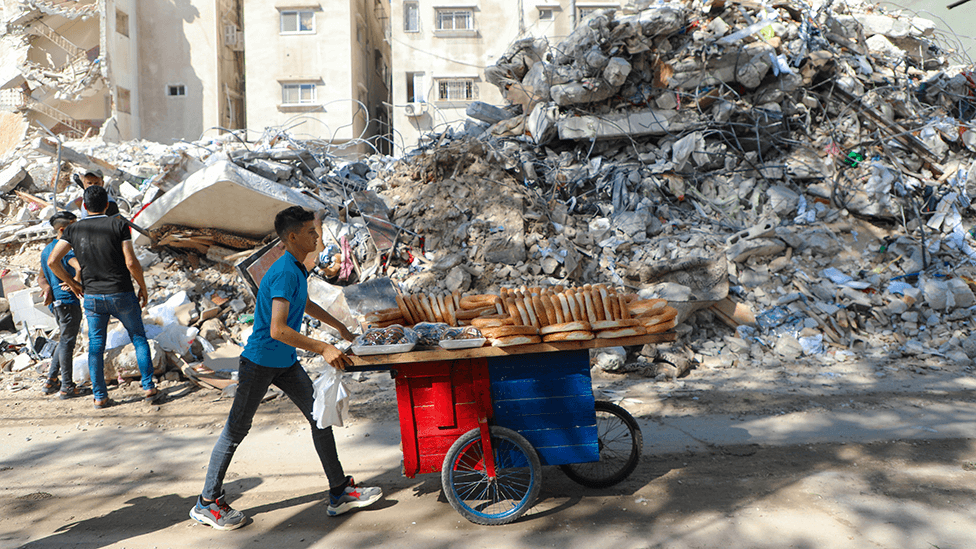


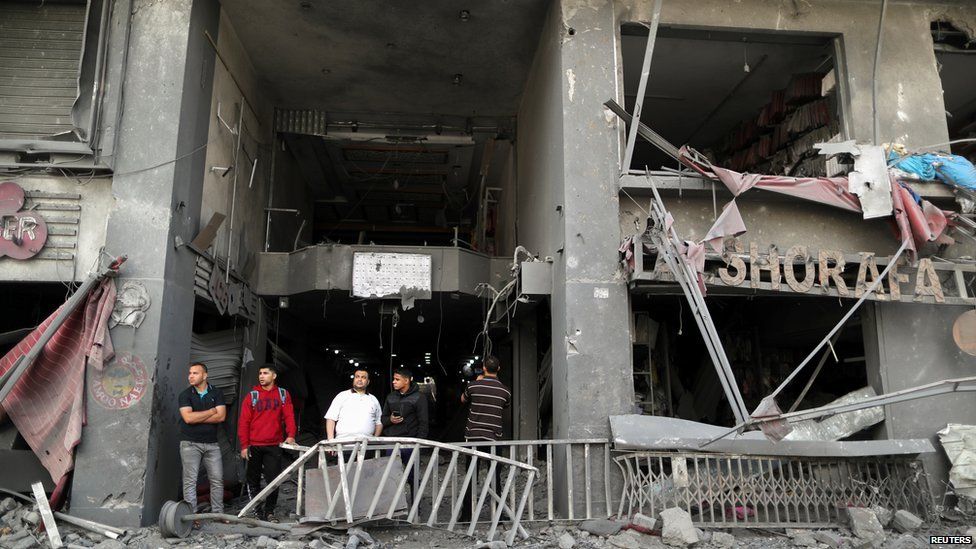
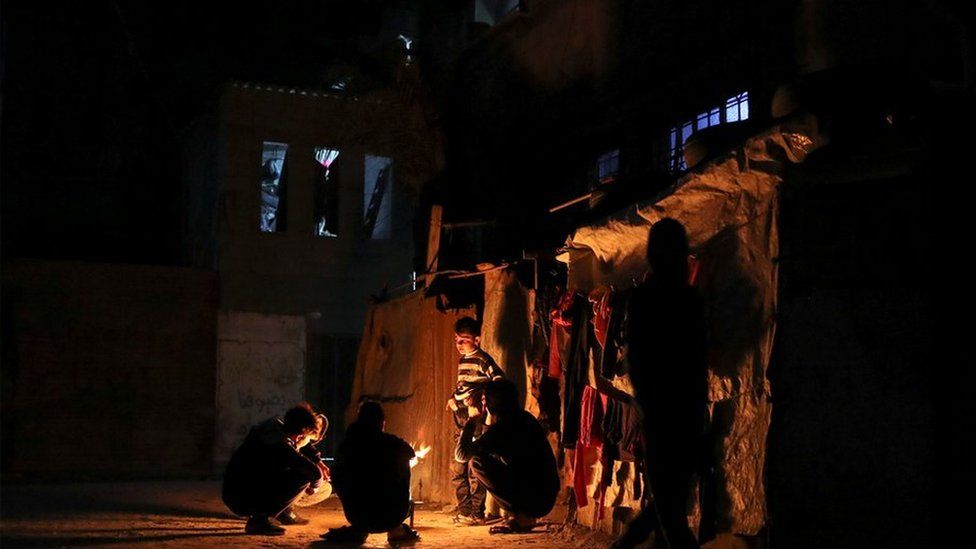
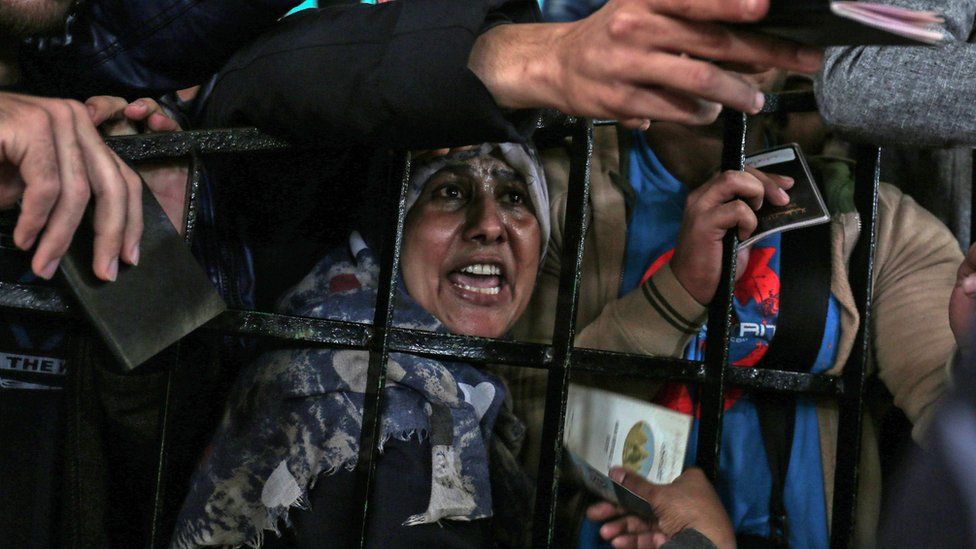
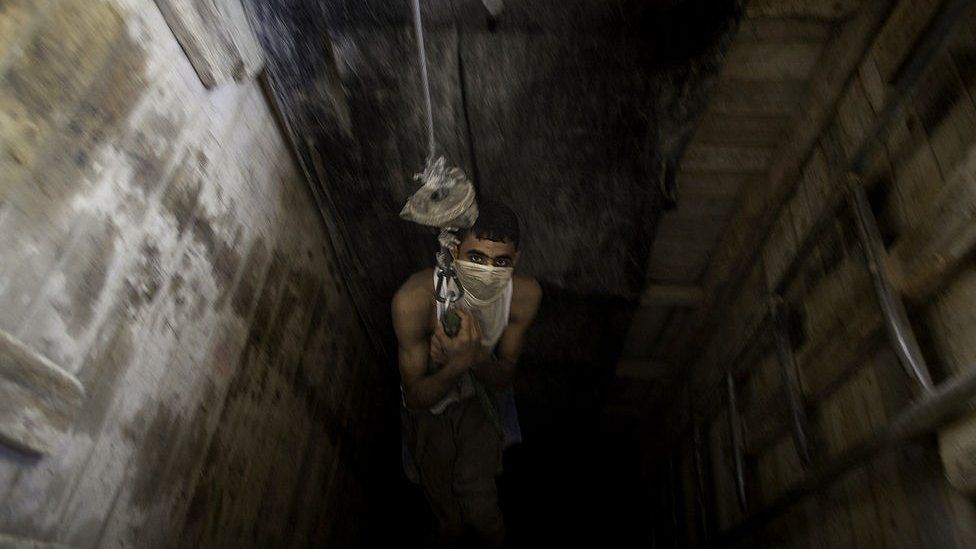



0 Comments